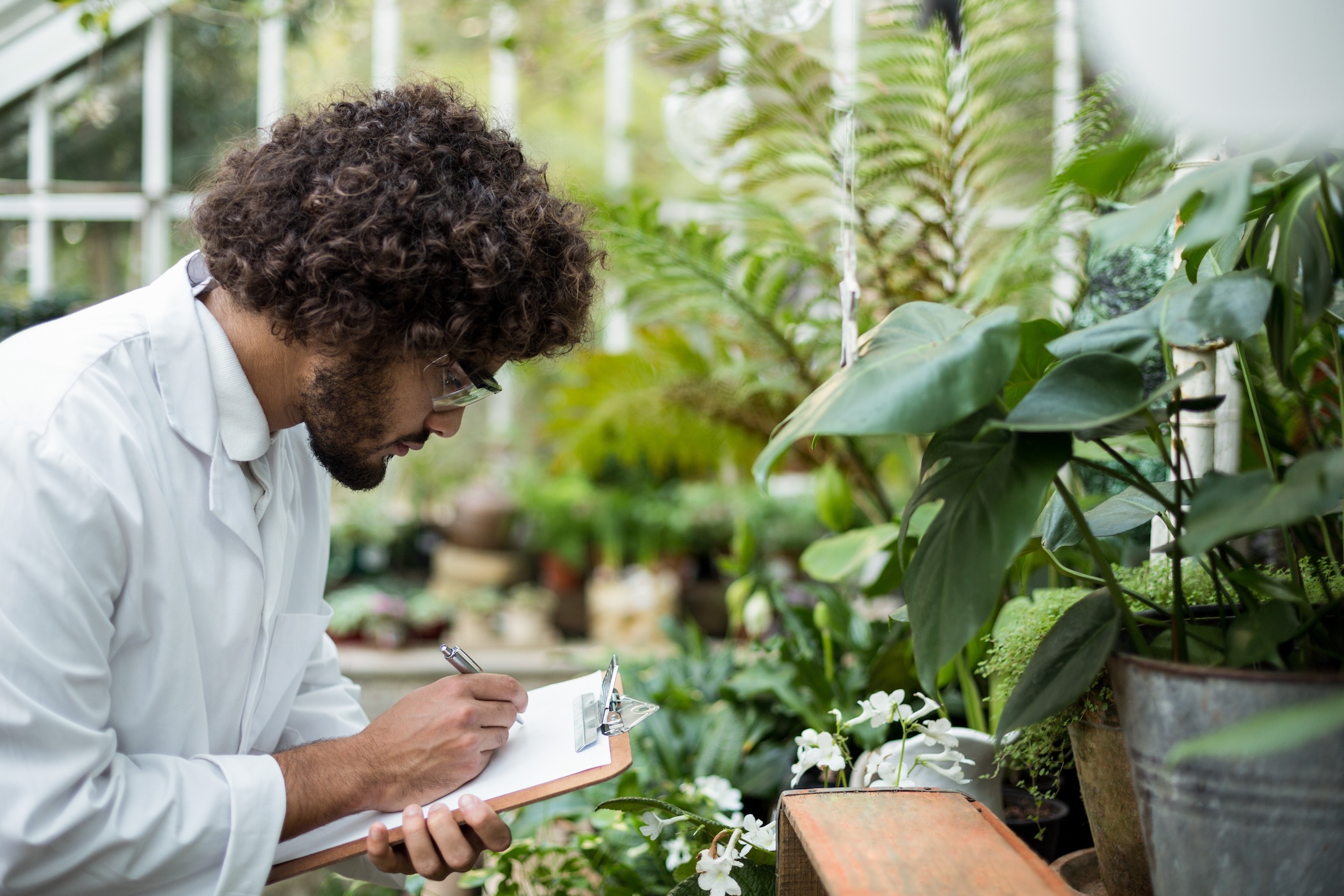Mentor Roadmaps - Mentor Tips for Student Notebooks
A Record of Student Ideas, Actions, and Evidence

Although we all know lab notebooks have specific conventions and expectations, we are also willing to confess (in private, at least) that our notebook keeping might not always meet the gold standard. It takes discipline to record a study in sufficient detail so that someone else could replicate it based on the written record alone. Not to mention it takes a strong force of habit to keep a thorough notebook.
Keeping a good lab or field notebook takes practice.
Students and their teachers in secondary school classrooms will have a wide range of prior experience using notebooks during science investigations.
The formats and names will vary widely.
- Middle school classes will likely use a template for a “Science Notebook” that includes writing prompts for each expected component, such as “I think … will happen because …” for a prediction. These paper copies may have specific places for students to chart out ideas, such as claims, evidence, and reasoning.
- Advanced high school classes may use “Lab Notebook” format more similar to those common in introductory biology classes and more familiar to a bench scientist’s notebook.
- Many high school classes will use hybrid systems with some writing prompts and formatting but also the expectation that students keep a chronological log of the investigation.
Don’t be surprised if you see unfamiliar formats. Folded pieces of paper become mini-research journals, which teachers might ask students to tape into the notebook kept for the entire class. Interactive science notebooks might create a right and left divide with content on the right-hand side devoted to “input” including reading or lecture notes and lab activities and the left-hand side devoted to “output” including student-generated concept maps, diagrams, drawings, and lab and self-reflection writings.
We encourage teachers to have each student keep their own notebook and to update digital copies of their notebooks regularly on the website. Many teachers use hard-copy notebooks in their classrooms so that students can practice the art and discipline of keeping a personal science notebook. That is a good thing. There is growing literature about the links between understanding science and talking and writing about it. It is hard to argue against teachers using hard-copy notebooks in their science classes. However, this means extra work for students and teachers to also place a record of the lab notebook online.
So don’t be surprised if students start out strong, but their digital records trail off (whether they directly put notebook entries online or upload a separate file). Sometimes teachers make the hard decisions of whether to use their 50-minute class period having their students dialog with their online mentors or uploading materials for the mentors to read.
See also the Student Notebook and Teacher Notebook guides for this stage.
Tips for Mentors
- Recognize the positive aspects of the notebook, e.g., Did the student start to follow a convention or provide an especially clear description?
- Do you have a story about your lab or field notebook students could relate to that illustrates just how valuable researchers find their own and other’s notebooks?
- Encourage students to reflect on what would make the notebook more informative.
- Connect the student experience keeping a lab notebook to the broader science endeavor.